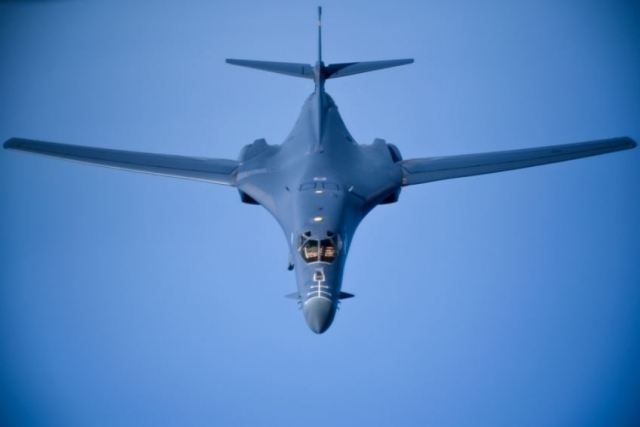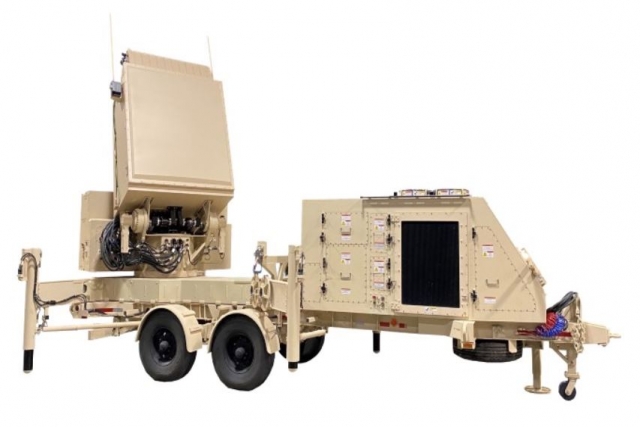Georgia Tech Wins $770M for ART-Variant 1 Radar

The U.S. Air Force awarded Georgia Tech $770 million for Advanced Radar Threat System - Variant 1 (ARTS-V1) production systems.
This contract provides for the procurement of ARTS-V1 systems and interim contract support, training and completion of the technical data package.
Work will be performed in Atlanta, Georgia, and is expected to be completed by Oct. 24, 2027.
The Advanced Radar Threat System-Variant 1 (ARTS-V1) is a Surface-to-Air Missile (SAM) threat radar system based on a modern, long range, strategic SAM threat system. The ARTS-V1 is a Passive Electronically Scanning Array (PESA) system that is transportable, tracks and/or engages multiple targets simultaneously, and is reactive to aircrew/aircraft defensive measures. The radar system will present threat parametric data derived from Integrated Technical Evaluation and Analysis of Multiple Sources (ITEAMS) intelligence assessments and from the Electronic Warfare Integrated Reprogramming (EWIR). Additionally, the system will provide threat representative full Effective Radiated Power (ERP), replicate threat signals, antenna patterns, operational modes, threat tactics capabilities, and the capability to send real-time radar data back to the Range Control Center (RCC). The RCC will be in conjunction with the range's Digital Integrated Air Defense System (DIADS)-controlled threat environment for processing and analysis.
Various aircraft platforms train against the ARTS-V1, but the most stringent requirements placed on the ARTS-V1 system design come from fifth generation aircraft capabilities.
The ARTS-V2 is designed to emulate radar-guided surface-to-air missile threats like the Russian-made SA-10, SA-12, and SA-20, which are built to strike at everything from low-flying drones and stealth cruise missiles to high-altitude reconnaissance airplanes and distant sensor platforms.













